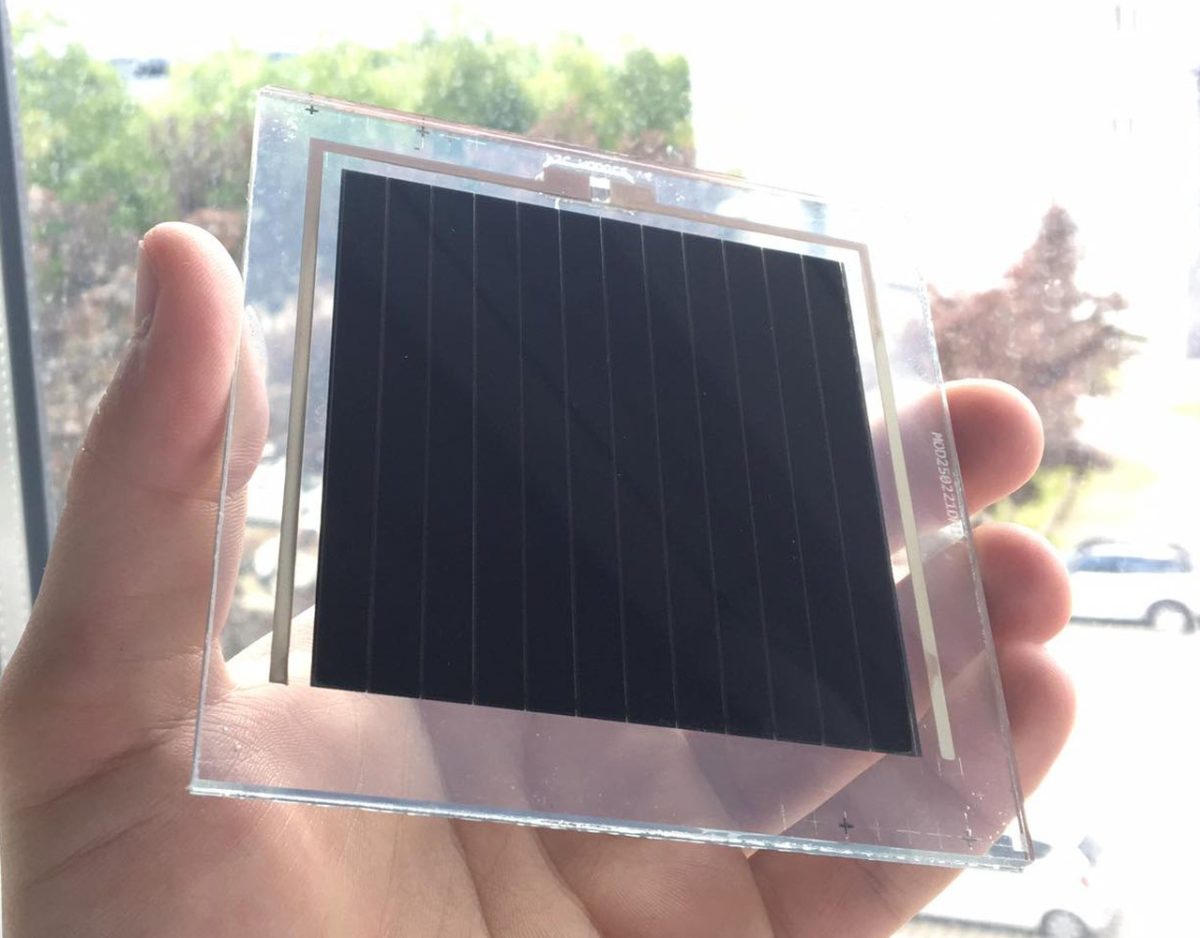A group of scientists led by Germany's Fraunhofer Institute for Solar Energy Systems (Fraunhofer ISE) has sought to improve the stability of perovskite solar cells by using carbon-based electrodes that they claim have superior resilience against reverse-bias-induced degradation.
The researchers explained that the reverse-bias behavior of perovskite solar cells has been almost ignored by previous research, even though it impacts long-term stability and prevents devices from reaching commercial maturity. “Defective or current-mismatched PV cells can be considered as the intrinsic origins of the creation of hotspots in modules, while partial shading of a PV module during its operation is considered an extrinsic and often-occurring cause of reverse-bias-induced degradation,” they stated. “In previous studies, a negative voltage applied to conventional perovskite solar cell stacks resulted in breakdown and irreversible destruction of the device.”
The solar cells were built on a fluorine-doped tin oxide (FTO) substrate coated with titanium dioxide (c-TiO2), an electron selective layer made of mesoporous titanium dioxide (m-TiO2), a zirconium dioxide (ZrO2) insulating spacer layer, and a graphite electrode. “Carbon-based electrodes are not prone to melting at high temperature, neither to migration of (metal) ions from the electrode into the perovskite absorber, nor to electrode oxidation, which makes them an ideal candidate for improving the stability of perovskite solar cells,” the scientists highlighted.
Through dark I–V measurements, they found that the cells' breakdown voltage is approximately −3.6 V, and that the devices, however, degrade only when the reverse-bias exceeds −9 V. The research team identified, in particular, two different degradation mechanisms related to reverse-bias: an iodine loss due to hole tunneling into the perovskite, which occurs at low reverse-bias and decomposes the perovskite in the cell only after long time durations; and the formation of lead(II) iodide (PbI2), which is caused by local heating during large reverse-bias and is responsible for shunting effects.
The cells were then used to fabricate a 10×10cm2 perovskite solar module with carbon-based back-contacts. Its reverse-bias behavior was analyzed through a hotspot test following the IEC 61215:2016 international standard. “Passing this accelerated test for the first time confirms the superior stability of perovskite PV devices with carbon-based electrodes and highlights their large industrialization potential,” the researchers affirmed, adding that the issue of the cell destruction under reverse stress has now been “overcome.”
Their findings are presented in the paper Perovskite Photovoltaic Devices with Carbon-Based Electrodes Withstanding Reverse-Bias Voltages up to –9 V and Surpassing IEC 61215:2016 International Standard, published in RRL Solar.
The research group also comprises academics from the U.S. Department of Energy's National Renewable Energy Laboratory (NREL), Swiss technology company Solaronix SA, and the Freiburg Materials Research Center (FMF) at the University of Freiburg.
This content is protected by copyright and may not be reused. If you want to cooperate with us and would like to reuse some of our content, please contact: editors@pv-magazine.com.




Would a normally reverse-biased silicon diode placed across each cell not solve the problem?
A nice development